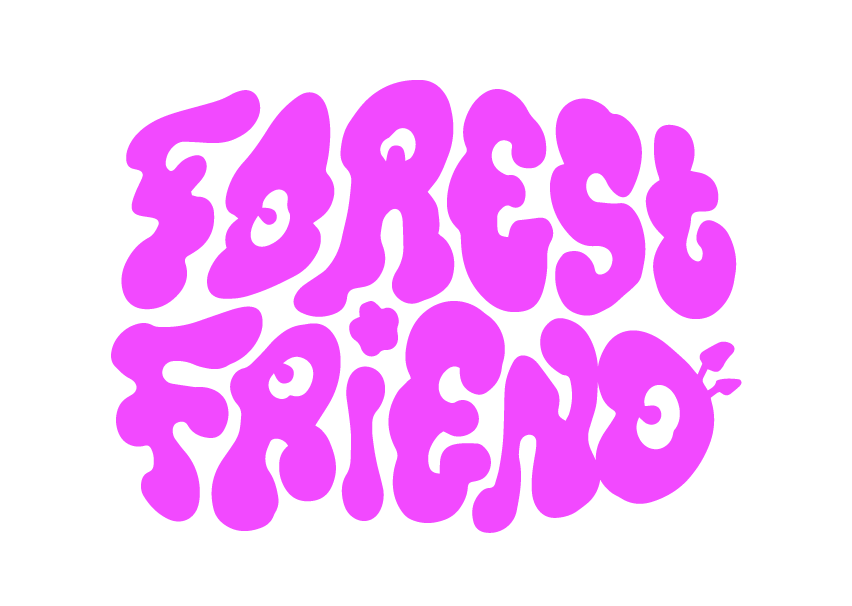Some degree of adjustment is usually necessary when adapting a document designed for print into a document for online use. This is because we use different technology to decipher each: hands and eyes for physical printed matter and a screen or device for digital matter. Dealing with screen resolution, file size, page layout and home printers means that taking a document from print to web is often not a simple conversion process.
Print Documents
Documents designed for print are created to be physically impressive (visually and tangibly) and be attention-grabbing and easy to read. But they often have the following attributes that make them difficult to translate online (even if you have the original digital files), or to print on a home inkjet printer:
- a finished size that deviates from the sizes and proportions of commercial home printing paper, to accommodate cutting and binding
- colour blocks or images that go right to the edge of the page (bleeds, created by printing the coloured areas larger than necessary and trimming to finished size)
- colour that does not translate well into greyscale (for example, colours of the same tone will render as identical grey tones)
- a high resolution resulting in very large file size
- a spread-style layout that shows two pages at a time (common in saddle stitch binding, where sheets are folded to create a booklet and stapled in the centre, forming a spine)
- has a back cover, which is not always necessary in a digital document
Example: Rendering of a professionally-designed print document.
Web Documents
Before creating or adapting a digital document, ask yourself (or your client) what it’s for:
- Reading online
- Printing at home
- Filling out a digital form
- Enhancing the experience of a physical document
The answer will determine what needs to happen to your files in order to produce a useful, user-friendly document that can be easily posted online and shared through email and social media.
1. Reading online
This is the easiest document to prepare. Check to see that the original document files are not laid out two at a time on a double sized-page. Export it as a web quality PDF (a low resolution for screen viewing, designed to increase user download speed). As retina-quality screens become more common, higher resolution (and larger file sizes) will be necessary for clarity.
Example: The same document as above, in digital form. This is good for reading online, but the size and the colour will affect the outcome if it is printed on a home inkjet printer.
2. Printing at home
This is more difficult, because we are dealing not only with screen/device technology but with printer technology.
COLOUR: The longer the document, the more of your users are going to want to print it in greyscale rather than colour. That means that any heavily colour-dependent design is probably going to have to be simplified, or just changed to black and white for the sake of your users’ ink levels.
The main problem posed by colours with a similar tone (i.e. brick red & navy blue) is that they render in the same, or very similar, tone of grey.
SIZE: Home printers these days are fantastic devices, but not everybody knows how to use them. The default setting for most printers is for 8.5×11 inch paper (letter), and the printer will usually automatically size the file to fit that size of paper. This means that, unless you designed your printable document to 8.5×11 inches, some resizing is going to occur.
A smaller booklet, say 8.5×5.5 (folded letter size), might get stretched proportionally and lose resolution, resulting in a blurry print. A document with a bleed would shrink about 8-10%, in order to accommodate the white margins where the inkjet printer’s rollers grab onto the paper when pulling it through the printer, which might result in legibility issues with small type.
Creating a digital document for print is going to require a bit of tweaking of the original files to ensure correct printing size & orientation, to save users’ ink and to eliminate the possibility of colour-to-greyscale rendering problems.
Example: This online document was uploaded in two-up spreads, forcing the user to side-scroll. Attempts at printing will result in the printer shrinking the extra-wide pages to fit on an 8.5×11 sheet. Some of the colours in the last few interior pages are so tonally similar that any differentiation between them will break down if printed in greyscale.
Case Study: Compare this PDF for reading online with this PDF for printing.
3. Filling out a digital form
If your users aren’t going to print the form but fill out set form fields in a program like Adobe Acrobat or Adobe Reader, follow the directions from #1 Reading Online and then create your form in Acrobat. Always test every single form field before posting it for users: creating forms is an annoying and tedious process that requires attention to detail. It also doesn’t hurt to test the form in Adobe Reader and Preview, common form-filling applications, to ensure that there are no problems.
4. Enhancing the experience of a physical document
This is the future of publishing and probably the least common type of digital document you will create. This kind of document is almost like a mini-website, incorporating image and text as well as multimedia and interactive elements. It’s not for printing but for exploring primarily on a tablet as a kind of enhanced book. A fashion brand, for example, may produce a printed season lookbook but also create a digital version that makes use of other media — video clips from a show, audio commentary from the designer, links to sales outlets. Magazine publishers seem to be taking advantage of these innovations to compete for readers who are not purchasing print copies anymore.

